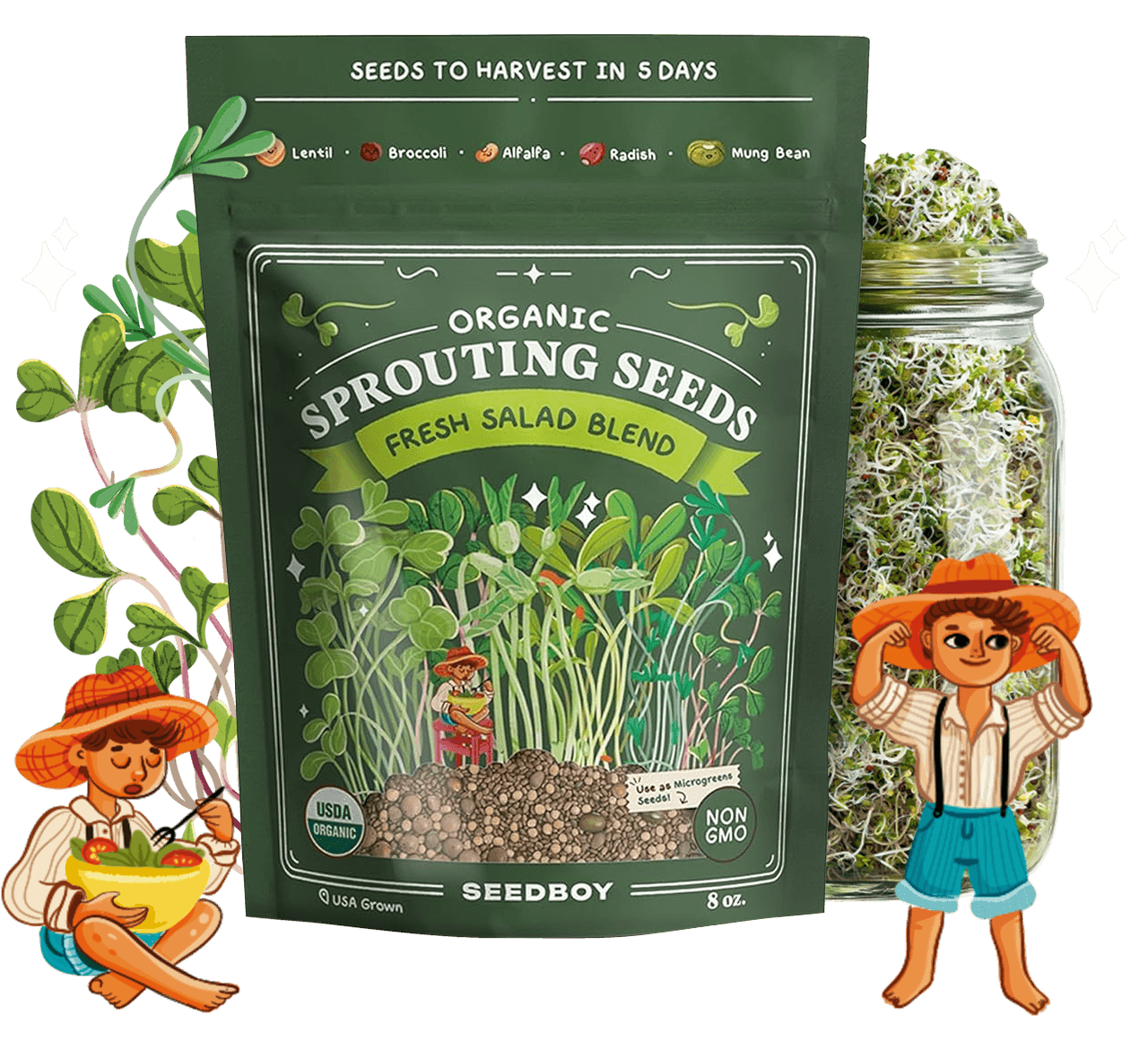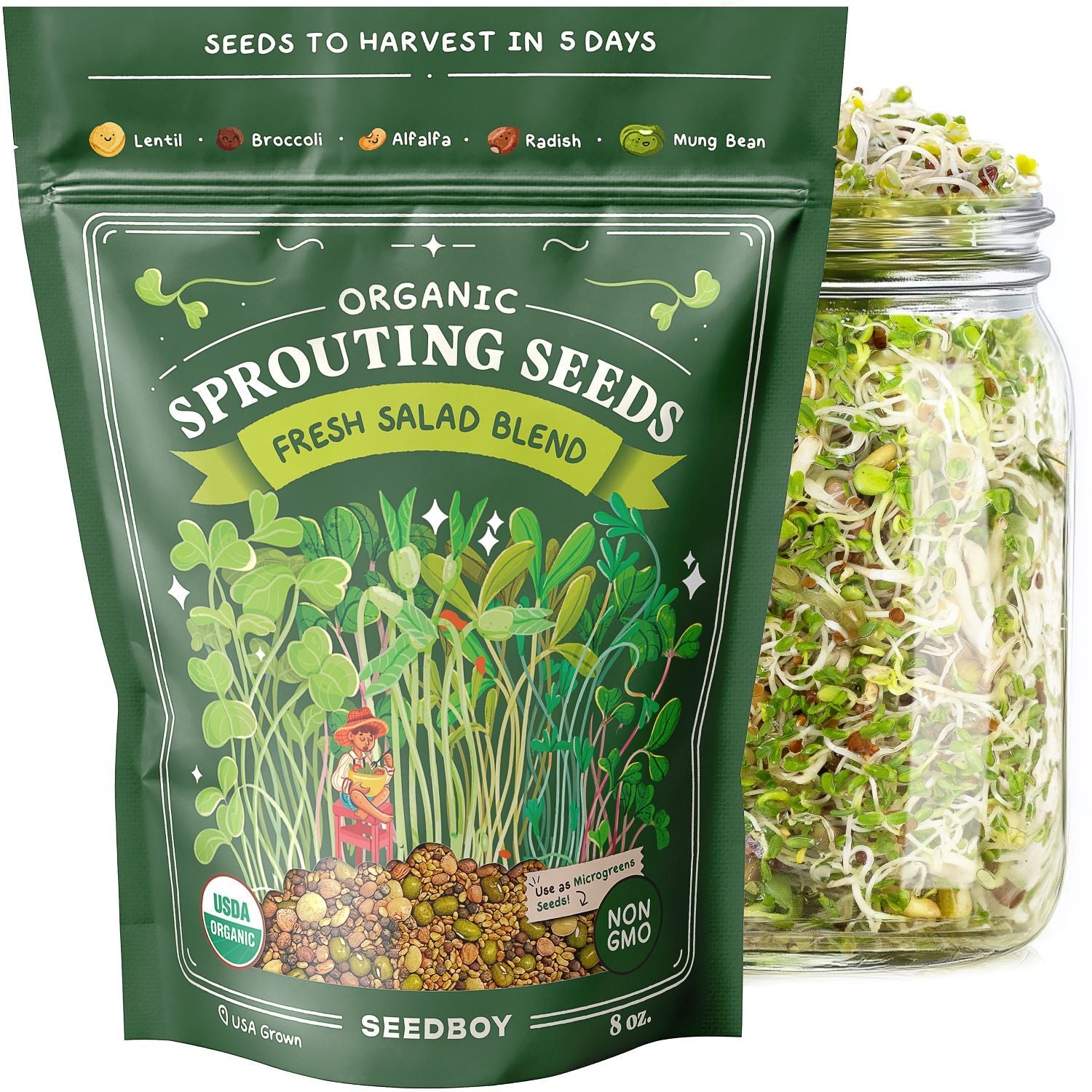
GROW GUIDE
Common Thyme
Thymus vulgaris
Plant Description
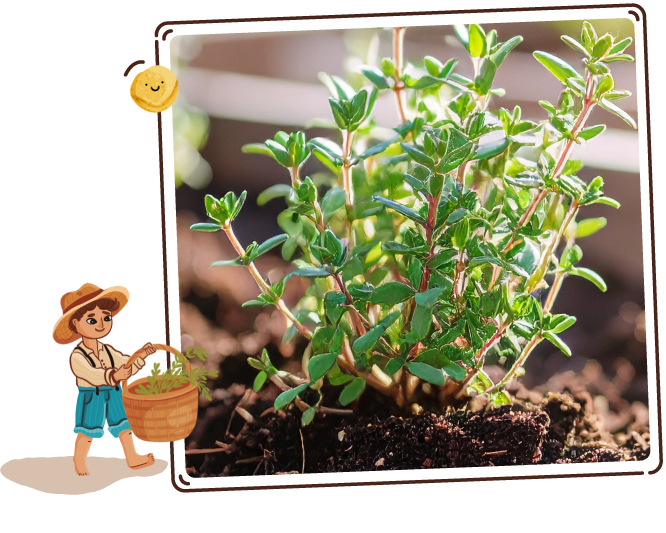
Common Thyme
A resilient herb with small, delicate leaves that range from green to silvery-grey.
Thyme is known for its strong, earthy flavor with subtle minty and lemon undertones. It thrives in a variety of culinary contexts, from Mediterranean to French cuisine, imparting a distinctive aromatic essence that enhances meats, soups, and sauces.
Quick Facts:
-

Sun Requirements
Full Sun
-
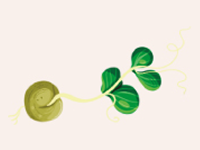
Days To Sprout
14-28 Days
-
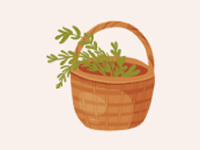
Days To Harvest
75-90 Days
-
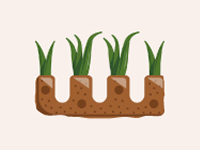
Plant Spacing
12-24"
-
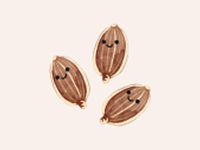
Seeds Per Hole
3
-
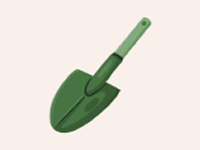
Planting Depth
1/4"
Best Planting Locations
-

Windowsills
Perfect for small herbs, easy access and plenty of light.
-

Raised Beds
Well-drained soil and ample sunlight are ideal.
-
Balconies
Suitable for container gardening; provides adequate sunlight and airflow.
-

Containers
Controls soil quality and moisture; easy to manage and move.
Getting Started
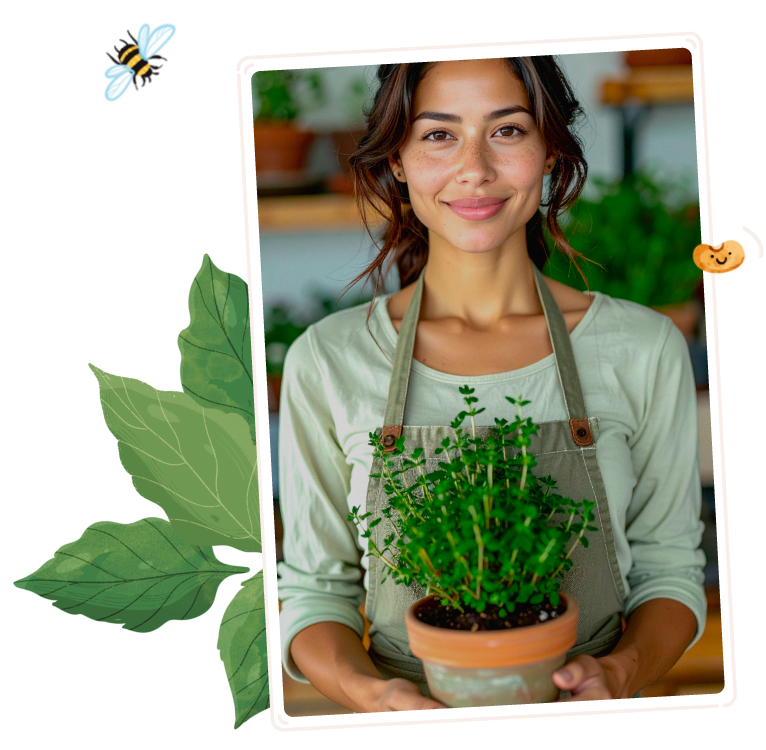
-
1
Find the Spot
Thrives in full sunlight, requiring at least 6 hours of direct light each day. Choose a well-exposed spot in the garden or a sunny windowsill if planting indoors.
-
2
Prep the Soil & Fertilizer
Prefers well-drained soil with a neutral to slightly alkaline pH. Mix in some gravel or sand to improve drainage if needed. A light application of organic fertilizer at planting can encourage strong growth.
-
3
Plant the Seeds
Plant 3 seeds in each hole about 1/4" deep in the soil. Press seeds gently into the dirt without totally burying them as they require light to sprout.
Keep the soil consistently moist, but avoid over watering as thyme seeds can get damping off.
Maintain a soil temperature between 65° to 70° F. Space plants or seedlings approximately 12-24 inches apart to allow for spreading.
Good Neighbors:
-

Tomato:
Thyme repels tomato hornworm and whiteflies, and also enhances tomato's flavor
-
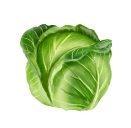
Cabbage:
Thyme repels insects that harm cabbage and lures ladybugs which help cabbage
-

Rose:
Thyme keeps roses safe from black flies and aphids
-

Strawberries:
Plant between your strawberry rows to provide ground cover & keep soil moist
Enemy Plants:
-
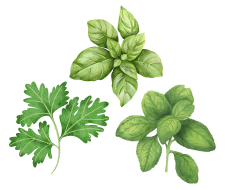
Basil, Cilantro & Mint:
Different growing requirements, and might compete for the same nutrients in the soil
Attractants:
-
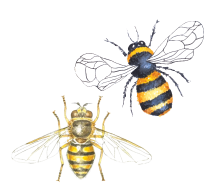
Honey Bees & Hoverflies:
Attracted to thyme's strong aroma
Repellents:
-
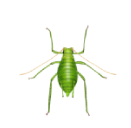
Aphids
Thyme attracts lacewings, which reduce aphids through predation
-
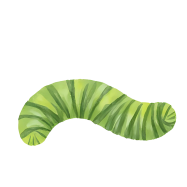
Cabbage Worm
Repelled by thyme's strong aroma
Best Time to Plant
USDA Hardiness Zones


Day to Day Maintenance

-
Watering
Drought-tolerant once established but needs regular watering during the initial growth phase. Allow the soil to dry out slightly between waterings. Over-watering can lead to root rot.
-
Pruning
Prune in early spring to encourage new growth and maintain a compact form. Regularly trimming the tips can also help promote a bushier plant. Avoid cutting into the woody part of the plant, as it may not regrow.
The Harvest
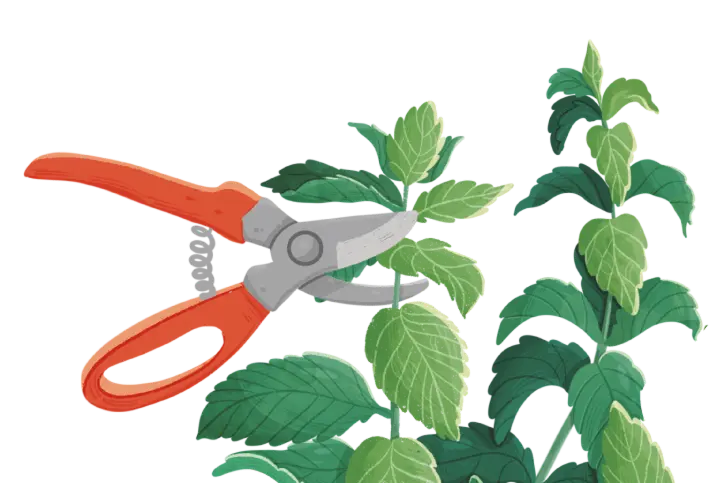
-
Gathering
Harvest sprigs as needed by snipping off the top five to six inches of growth. Regular harvesting encourages new growth and can prevent the plant from becoming woody.
-
For the most potent aroma and flavor, harvest just before the plant flowers, typically in the morning when the essential oils are most concentrated.
Favorite Uses
-
Meat
-
Soup
-
Seafood
-
Vegetables
-
Pasta


How to Store
-

Freezing
Duration: Several months
Location: Store in the freezer
Method: Place whole sprigs in freezer bags or freeze chopped thyme in ice cube trays with olive oil.
-
Oil Preservation
Duration: Several months
Location: Refrigerator
Method: Submerge the cleaned and dried sprigs in olive oil in a sealed container; store in the refrigerator.
-
Curing
Duration: Several months
Location: Cool, dry place
Method: Layer sprigs of thyme with salt in an airtight container. The salt will draw out moisture and preserve the herb.
-
Drying
Duration: One year
Location: Warm, dry, and well-ventilated area out of direct sunlight
Method: Hang bunches upside down or spread them on a rack in a dry, shaded area.
Fun Facts

-
Bee's Favorite
Thyme flowers are a significant source of nectar for honeybees, producing a unique flavored honey that is highly prized in some regions.
-
Ancient Embalming
Thyme was used by the Egyptians in their embalming practices due to its strong preservative and aromatic properties.
Subscribe to our Newsletter: "The Small Garden Chronicles"
Where curious growers gather for garden inspiration.
